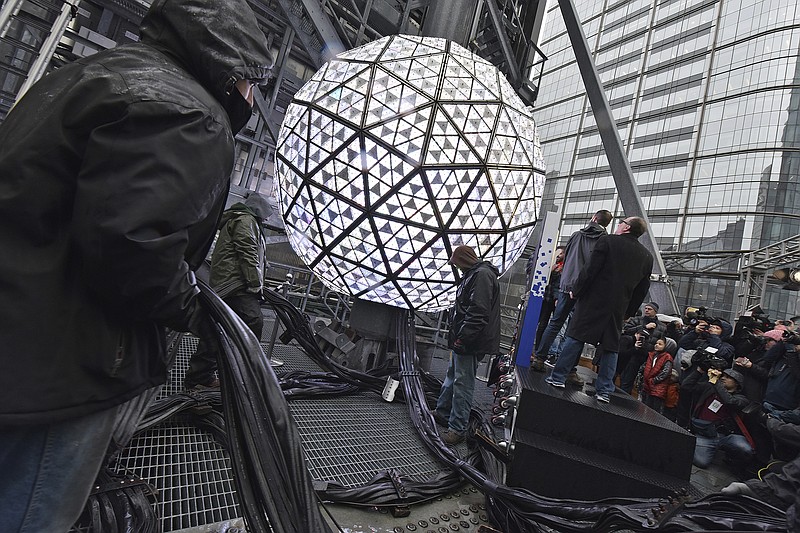For many Americans, it wouldn't be New Year's Eve without watching the ball descend at Times Square in New York. But what you may not know is that Chattanooga shares an important connection with that more-than-century-old tradition.
In 1907, Adolph Ochs was seeking a way to promote the New York Times. He had purchased the paper in 1896, 18 years after he purchased the Chattanooga Times.
In previous years, he had experimented with fireworks, according to the New York Times. But as the city of New York prepared to mark the passage into 1908, Ochs hired the sign maker Artkraft Strauss to build and then lower a 700-pound ball made of iron and wood, 5 feet in diameter and covered in 100 25-watt light bulbs.
The ball descended 77 feet in 60 seconds from a flagpole at the top of One Times Square, located at the intersection of Broadway, Seventh Avenue and 42nd Street.
According to a 2009 article in the New York Times, Ochs based the ball on a practice that began in 1833 at the Royal Observatory in Greenwich, England, where a ball was lowered every day at 1 p.m. to help nearby ship captains synchronize their chronometers.
The ball drop in Times Square has continued ever since, except in 1942 and 1943, in observance of ordered blackouts during World War II.
